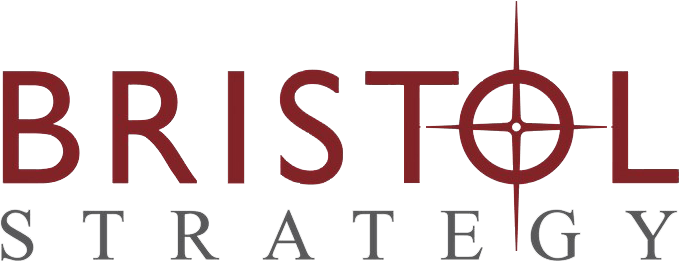How is your donor retention program going? According to the The Fundraising Effectiveness Project (FEP) your donor retention might not be doing too well. They’ve been collecting data since 2006 and found that it usually hovers between 40 to 45 percent. This means it takes longer, costs more, and can be tougher for your fundraising team.
I get it, you might already know this, but I’ve been thinking about our research from the Leaky Bucket Assessment since 2011.
So, we can all agree, keeping donors around can be a real hassle. But why is it so tough? Maybe it’s not just a problem on its own, but a sign of another issue we haven’t noticed.
Well, it seems that might just be the case. Our Leaky Bucket data shows that around 75 percent of the nearly 1700 people we asked don’t have any plans in place to keep donors.
But even more surprising, 84 percent of those surveyed don’t have any written profiles of their ideal donors.
In simpler terms, about nine percent of the people we asked, which is a bit under 10 percent of all U.S. nonprofits, don’t really know who is likely to donate to their cause.
Why Do I Need an Ideal Donor Profile?
Simple answer: to acquire the right donors in the first place. If you can figure out the characteristics of your ideal donor (including ideal grantors and corporates), you will be much more likely to:
- Attract those who already like what you’re doing to support your mission.
- Make them see why you’re important to them, and why they matter to you.
- Keep them engaged for years
The main thing to look for in every funder you want to attract is whether they really care about what your mission is all about. If they’re just donating because an in-lawpushed them into it, they probably won’t give again in the future.
How to Use Your Ideal Donor Profile
We won’t be giving you instructions on how to create these profiles.; Take a look at this blog and discover the method that works best for you
Having Ideal Donor Profiles equips you with a number of powerful tools.
- Rule OUT the wrong prospects. Your time is valuable. Don’t waste it chasing donors or grants from uninterested sponsors. Use the Opportunity Risk Calculator to see the potential income you could lose.
- Rule IN the right prospects! The Ideal Donor Profile gives you the answers you need. If a prospect matches your criteria, they’re worth more effort. If not, keep them on your list but don’t spend too much time on them.
- Create persuasive content. Chat with people who support your cause, like donors, clients, and board members. Take thorough notes. Then, use their casual language to create your website, emails, blogs, and social media posts. Avoid using complicated words, or you’ll face my wrath! Use simple, everyday language in everything you publish, including photos.
- Add plenty of contact forms to your website. Attention spans are short. If your outgoing messages resonate with them, include a link back to your website where they can “sign up for our newsletter,” “schedule a call,” or “learn more.”
A Word about Small Gifts
Ideal Profiles aren’t just for big donors. Wrong idea!
Ideal Donor Profiles are important when a potential donor might give more than $5,000 or whatever amount your nonprofit considers a “major” gift.
However, the Profile gives you all the information you need to attract people (or other funders) who share the same reasons for giving but might not have the money to donate large sums. These donors are really valuable to you.
- Sometimes you get small gifts from donors who just want to ‘try you out,’ and then make larger investments.
- Other times, donors are young and lack extra money, but as they grow older, they might donate more.
- It’s a good idea to have hundreds, even thousands, of donors making modest gifts, or providing volunteer work and no dollars. These donors believe in your mission and protect you financially. Losing a few donors who give $25 per year is not going to put you out of business. Losing a single donor who provides half your total income might force you to close your doors.
Make Your Fundraising Job Easier!
If you want to raise more money with less effort, start by creating your Ideal Donor Profile. It’s the easiest way to know if you and your team are putting their (expensive) time and effort into donors who are interested in what you do – and how you do it.
And there’s another way the Profile makes things easier. It’s because your board and senior leadership will now appreciate that you’re concentrating on donor prospects most likely to give, and to keep on giving. Prospects aligned with your Ideal Profile are more likely to engage with your messages, respond positively to your requests, and donate again in the future.
Believe me, donor retention is vitally important. But maybe, just maybe, it’s not the whole story. But you will do a much better job of it if you begin at the beginning – with an Ideal Donor Profile.
So, let’s roll up our sleeves and get to work! Build those Ideal Profiles. You’ll thank yourself later.

